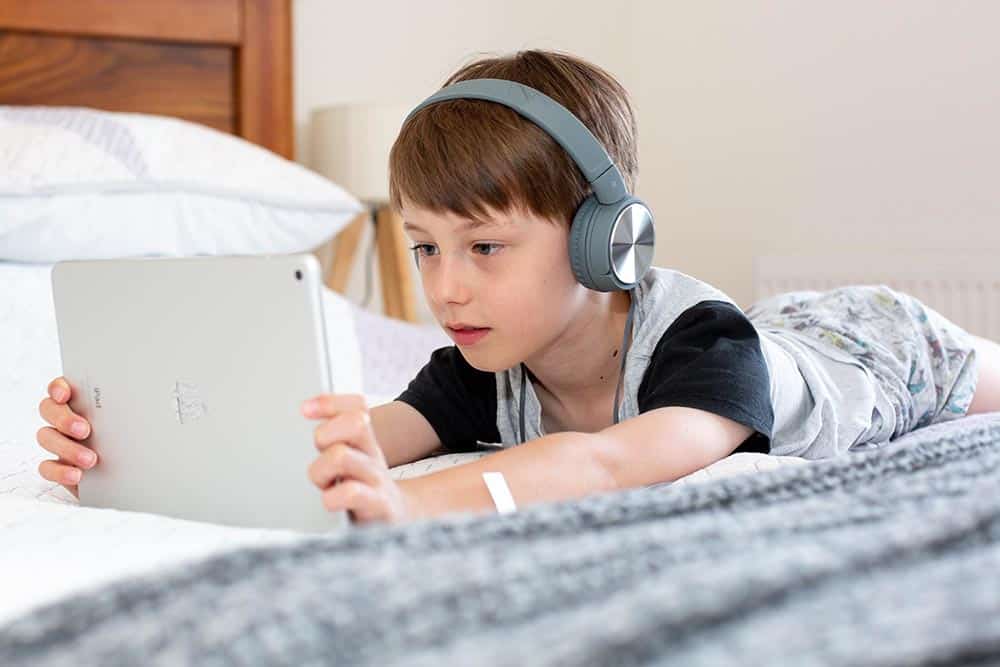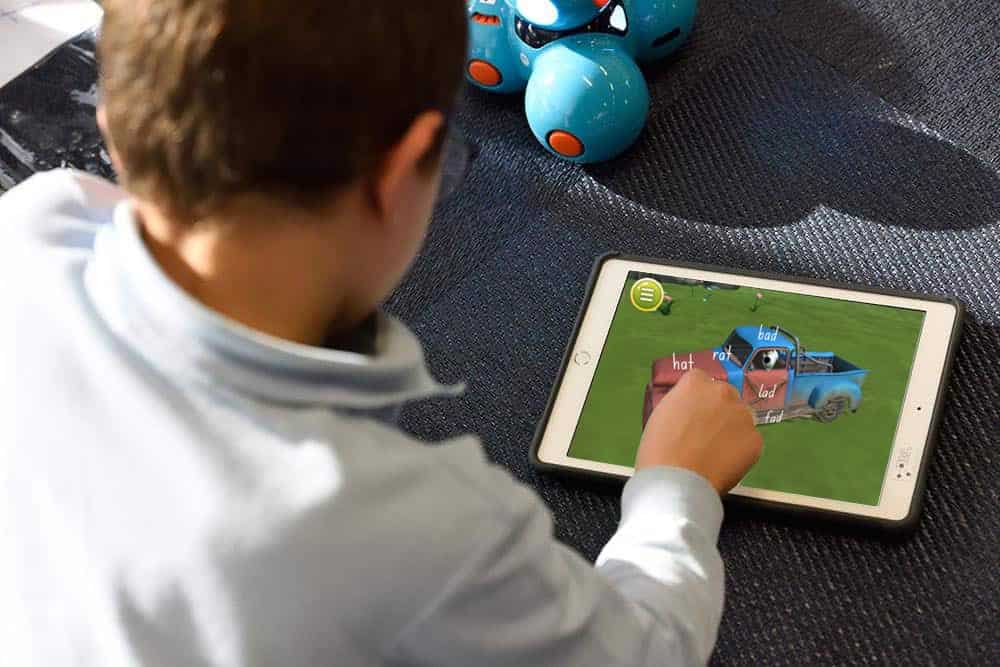Learn to Read with George Canine
Meet George Canine
How do kids learn to read in the most current, proficient, evidence-based and fun-filled way? They meet George Canine and play away!
Get the app
Features
Teaching Methods
State of the art teaching methods based on cutting edge research
Lots of repetition
“Practice makes perfect, repetition is necessary for long-term memory” Eric Kandel, Nobel laureate memory and learning researcher.
Paced delivery
An appropriately paced delivery – because kids process new information at a particular pace.
Multi-sensory
A multi-sensory instructional approach: sight, sound and touch, because this is the best way to teach reading skills.
Loads of fun
Loads of fun to reinforce skills that may not be intrinsically motivating. Immediate feedback and positive reinforcement.
Multiple delivery options
The app is appropriate for whole class teacher-led instruction, group work or individual instruction.
Excellent results
Users found George and his animated friends highly engaging, they had fun learning to read and they permanently memorized the skills.
Don't just take our word for it!
Fun creative educational reading program
Wonderful program to team children to read
It's fun and easy to use
Cute characters that your children will fall in love with
I look forward to using with my grandchildren
A great tool in teaching reading and writing
Easy to use, educational and lots of fun!
Highly recommend this app & my kids love it
It's the coolest introduction to literacy!
Wonderful interactive tool
Our daughter loved the new lessons
My grandson whizzed through the app with great concentration
Amazing concept! Looking forward to lesson 2
George has got my 5 year old into reading and spelling
About
The George Canine App
Kids learn to read, write and spell from the word go with games and animations that invite reading flow.
Skills that predict reading success
Step 1
Get StartedPhonics (Reading instruction based on letter-sound associations).
Phonological awareness (The sound patterns in spoken words).
Phonemic awareness (The ability to manipulate the smallest spoken sounds in words. For example, the word ‘cab’ can be split into three separate sounds, ‘cuh’, ‘ah’, and ‘buh’. )

Reading skills
Step 2
Get StartedThe English alphabet letters and their associated sounds.
Spelling practice and phonemic segmentation skills – breaking words into phonemes and mapping the phonemes with the appropriate alphabet letter.
Reading practice and phonemic blending skills – blending the alphabetic letter sounds to form words.

Handwriting skills
Step 3
Letter tracing practice using the current classroom standard, the New South Wales Beginner Font with arrows
Get Started





